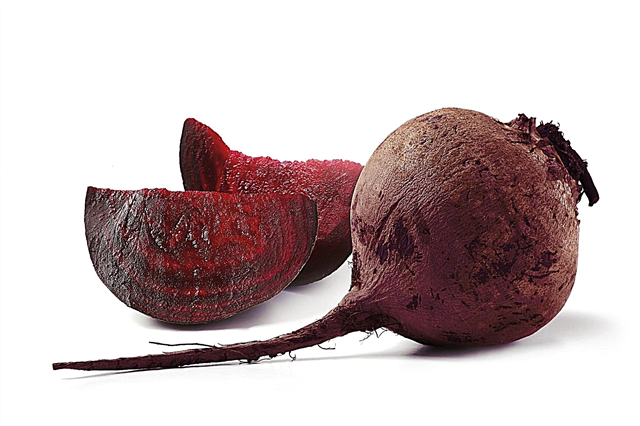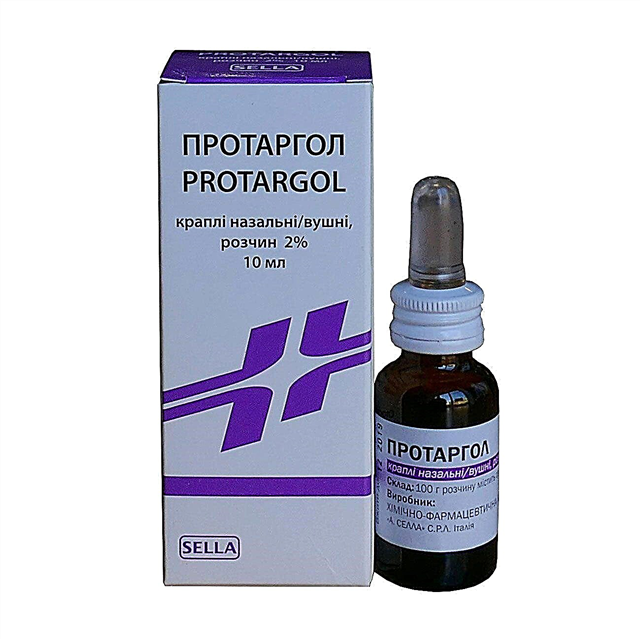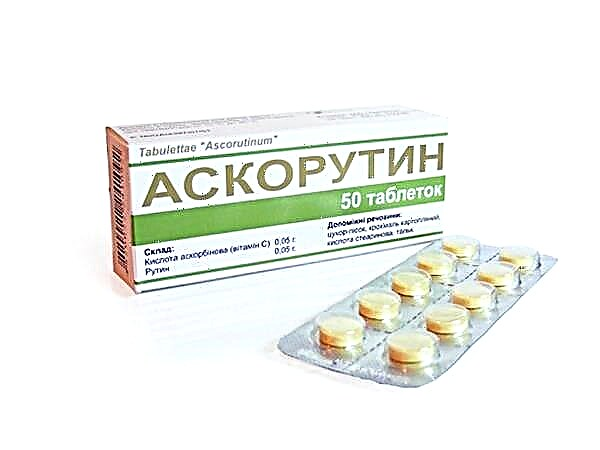
The main time frame for families with small children is the stage at which the child has teeth. It is easy to guess that the baby's sensation is not pleasant at the same time, because he constantly cries. For a long time during this period of time, parents were advised to simply be patient and wait out, but the inventive genius of man came up with a better solution - the so-called teether.
What it is?
Usually, parents have to make sure that the child does not pull anything into his mouth, but a teether is such an unusual toy, created specifically for this. The fact is that while the teeth are growing, the baby feels severe itching in the gums. And the most logical thing he wants to do is to scratch them. The easiest way would be to do this with solid food, but chewing something solid without teeth is problematic, and even in infancy, the baby does not eat anything but milk.
Previously, the problem was partially solved by wrapping some not too hard food (a piece of fruit or bread) in cheesecloth - thanks to this, the little sufferer could chew and scratch his gums without risking choking on the poorly chewed piece. However, this was not very convenient, because my mother had to make sure that the edges of the gauze remained outside, and the fabric could tear over time.
Teethers solved this problem, since they are a fairly durable piece of material that cannot be chewed into pieces. and it will not be possible to swallow such a large object entirely.


Pros and cons
It is easier to talk about the advantages and disadvantages of teethers when it is not about all such products as a whole, but about a specific variety from one or another material. If we talk in general about all products of this kind, then the benefits for babies are as follows:
- safe chewing makes the child feel better, does not experience stress and can sleep normally;
- some teethers are filled with water or a special cooling gel inside, which almost completely eliminates discomfort;
- A teether is not only an item useful for the health of the oral cavity, but also a toy that entertains the baby and helps him develop fine motor skills more quickly.


If the teether is chosen correctly, then it should not have any drawbacks. Problems are possible only if the material turned out to be not so safe or too fragile. In addition, it may be that the chosen model simply does not help to scratch the gums where the baby is experiencing discomfort.

Choice depending on the age of the child
The choice of model should be determined based on where exactly the baby's teeth are erupting. They do not all grow at the same time, but scientists, fortunately for parents, have long noticed a pattern in the order of their appearance, which makes it possible to choose the appropriate option.
At the same time, there is no exact date of the "normal" onset of the appearance of teeth. - experts say that this indicator is individual for each person. On average, the first tooth can erupt at both 4 and 8 months, and neither one nor the other is considered a deviation. In this case, the lower central incisors grow first, and the task of the parents is to track the moment when the first tooth can be seen. It is from this period of time that teethers should be offered to the baby.


Such a product is divided into three main types:
- for incisors (front teeth) - the first stage;
- for canines and first molars - the second stage;
- for the posterior teeth, the third stage.
It is necessary to buy teethers for a child in this sequence, because each variety is optimal for stimulating the gums in a specific part of the mouth.

Materials
A fairly large variety of materials are suitable for the production of teethers, each of which has its own advantages and disadvantages.
- Silicone - one of the most common types of material for such products. Silicone teethers are made from food grade silicone, which is completely safe for humans and has a number of advantages. The product turns out to be flexible and elastic, allowing you to massage the gums without being too harsh. A huge plus is the ability to wash the teether in hot water, but you should carefully read the instructions so as not to overdo it with the temperature. The only drawback of such products can be perhaps that relative boring - the product usually does not have any interesting design and is often even devoid of color.


- Latex. Teethers made from this material have all the advantages of their silicone counterparts, but are almost always painted in bright colors. Sometimes such products have a pleasant taste, which disappears after the first wash. Moreover, the material can even be sterilized using mild detergents. Another thing is that even high-quality latex products when purchased can have an unobtrusive chemical smell. Experts point out that you can get rid of it with the same washing, but there are also substandard varieties where a strong smell cannot be removed in any way.
- Plastic... This solution is suitable for those children who want to chew on something hard, and not be limited to soft latex or silicone. Plastic models often come with a water tank. In addition, they have a striking and attractive design. It is necessary to ensure that the surface of the product is perfectly smooth.
- Wood... Wooden teethers are another very durable solution to growing teeth. Such products are made from beech or maple wood, as a result, it will successfully save the wooden surfaces of furniture from the marks of children's teeth. The choice in favor of wood is made due to the highest strength of such a product, which, with proper care, can serve for a very long time, but there are also disadvantages. First of all, wooden objects should not be washed - you will have to limit yourself to wet wipes. Moreover, parents often complain that wooden teethers are quite heavy, and therefore can pose a risk of injury.


- Textile. The fabric is still used to relieve itchy mouth in babies, only now it is being made into full-fledged teethers. The woven material has the softest effect on the oral cavity, therefore it is chosen for those children whose teeth are just beginning to grow. Fabric solutions are washable in a variety of conditions and actively absorb saliva to keep clothes clean. At the same time, the presence of saliva on the tissue of organic origin can cause a rapid increase in the number of microbes, and this option is not suitable for too actively gnawing babies, since they can very quickly render it unusable and even choke on the contents.


Models
Despite the fact that the purpose of the teethers is always the same, the finished product can take the most unexpected forms. One should choose one or another model not only for its aesthetically attractive appearance, but also for other functions that this item may have.
A classic example of such a device is an ordinary ring, which can be decorated with a bulge in the form of a toy for safety and improved perception. This product may resemble in its appearance, for example, a banana, a flower or a bead. However, the teether may not look like a ring at all, or it may have other, no less useful properties.


Quite often, teethers are combined with rattles. Such a device will help relieve itching in the mouth, while making various sounds. Thanks to the rattle, the child begins to understand the world around him much faster, and such an object causes more interest.
The smallest may need a teether, which the mother will hold. It is often worn on a finger or hand, but a similar product can imitate a toothbrush. Such a "mitten" helps parents to actively stimulate the baby's gums, but it should be noted that not every child likes this.
Some teether models are even equipped with a small vibration motor to increase the impact on the gums. Although not everyone likes oral massage, vibration models are quite popular - the effect is softer than in the case of wearing models that need to be set in motion by hand.


If the teether allows itself to be filled with a special gel, then it has a cooling effect. In this case, the big question is, what better relieves discomfort - the ability to scratch the gums or the presence of a cooling agent.
The above are examples of only the most common additional functions of teethers, while a wide range of such products can amaze the imagination, and personalized models for each child are far from the limit of the developers' imagination. In theory, the teether can be connected to any other object.


Combined options
It can be difficult for parents to decide on what degree of firmness the chosen teether should be, because the child himself is just crying - he cannot yet explain what exactly does not suit him. Especially for such a case, combined models were invented, in which both a soft and a hard tip are combined.
Typically, two different materials from the list above are used to produce such a product. The soft part helps to soothe the irritated mouth, while the hard part promotes faster tooth growth.


Such an acquisition will be most beneficial if the parents got their bearings on time and bought it as the first such product. Most likely, both parts of the product will not be useful to the child right away, but during the germination of teeth, he will repeatedly encounter situations when he needs either soft or hard stimulation of the gums. Hence, parents can save their own money and time by purchasing one toy instead of two.

Popular brands
It is easier for many parents not to delve into the details of choosing a good teether, but simply to choose the product of the manufacturer who, with his attitude, managed to prove that he can be trusted. This solution is not always ideal, but in some cases it is this solution that allows you to choose a teether of decent quality.
Consumers should be immediately warned against buying Chinese teethers. It is impossible to say unequivocally that such products are necessarily of poor quality, but many brands will never become widely known. Some of them are completely "one-day", therefore they do not strive to provide high quality goods. Considering that the choice in favor of China is usually made for a low price for the product, you should not count on high quality.


At the opposite pole are European and Japanese teethers, which, on the contrary, differ from the best side. Such a teether will probably cost the parents a pretty penny, but there is no doubt that the purchase will be durable and completely safe for the child. If we talk about specific manufacturers, then we can highlight, for example, Chicco, Dr Brown, Pigeon, Canpol, Avent, Tommee Tippee, Kurnosiki, Tiny Love, Vulli. However, the list does not end there either.
Traditionally, Russian products are a cross between European quality and Chinese cheapness. It may not be exemplary in functionality or durability, but still many children have gone through one of the most difficult periods of their lives with these teethers. The brands "Kurnosiki" and "Giraffe Sophie" have won particular popularity among buyers.


Tips for choosing
Choosing a teether for a baby is quite difficult, since this process is always subjective, and there is no universal solution for all occasions. Nevertheless, experts have made some proven recommendations, thanks to which you can at least superficially navigate the range.
- To begin with, you should pay attention to the box - perhaps it indicates for which teeth this model was released. It should be remembered that the teeth grow from the center to the edges, therefore, before choosing anything, you need to examine the baby's oral cavity and determine the condition of the teeth at a particular stage.
- Silicone is most often chosen as the first teether, because for the delicate tissues of the oral cavity, in which teeth are just beginning to form, tougher materials will not work.
In this case, the grip should be small - the baby gnaws the toy instinctively, so it is necessary that he immediately understands what to do with it.


- After the incisors, the canines and the first lateral teeth begin to grow, so the functional part of the teether should be wider to reach all itchy areas. Since these teeth are specifically designed to be chewed, the surface must have raised ridges to stimulate the gums more actively.
- You should not buy a teether for your baby on the principle that everyone I know buys this model. Each child is individual, and a much more correct decision would be to first examine the baby's oral cavity, and only then decide on the model. The only correct decision would be to choose a teether based on some logical reasoning.


How to do it yourself?
You don't have to buy a teether - you can make it yourself, which will save you money and give you confidence in the safety of the product. Actually, the easiest option is to wrap a piece of apple or carrot in gauze or cotton. Such a solution will be not only useful for the baby, but will also please him due to the sweet taste. However, experts advise giving preference to those tastes that the baby is already familiar with.
More complex forms of creativity are also acceptable. The main material, for obvious reasons, is textiles, while you only need to choose fabrics of natural origin to be sure of their safety. Cotton remains the leader among materials, but beans, peas, wooden beads and much more can be used as fillers.
Additionally, you can decorate the product by embroidering it with bright pieces of fabric, but it is important to ensure that such a homemade gift does not have parts that could potentially fall off under the influence of the persistent teeth of its owner.


How to use?
Finally, a few more tips on how to use teethers correctly so that they bring maximum effect.
- Stiff teethers help your teeth break through a little faster, but it's better to let nature do its thing. Such a device is needed, first of all, to relieve discomfort, so it should be used sparingly, otherwise you can harm the gums.
- A child's refusal from a purchased teether does not mean that the choice was made unsuccessfully.As a rule, at the time of teething, children try to gnaw literally everything that comes to their hand, and since the baby ignores the proposed product, it means that the time for active growth of teeth has simply not come yet.
- The teether gets into the baby's mouth, so it should always be perfectly clean. The kid can throw it on the floor or get it dirty in any other way, so you should first wash it with baby soap.

In this case, it is unacceptable to wash the teether in a dishwasher, and you should also not use aggressive chemicals such as washing powder or dishwashing detergent.
Maria, a children's goods consultant, will tell and show you how to choose the right teether for your child and for what age which models of "teething" is better to prefer.



